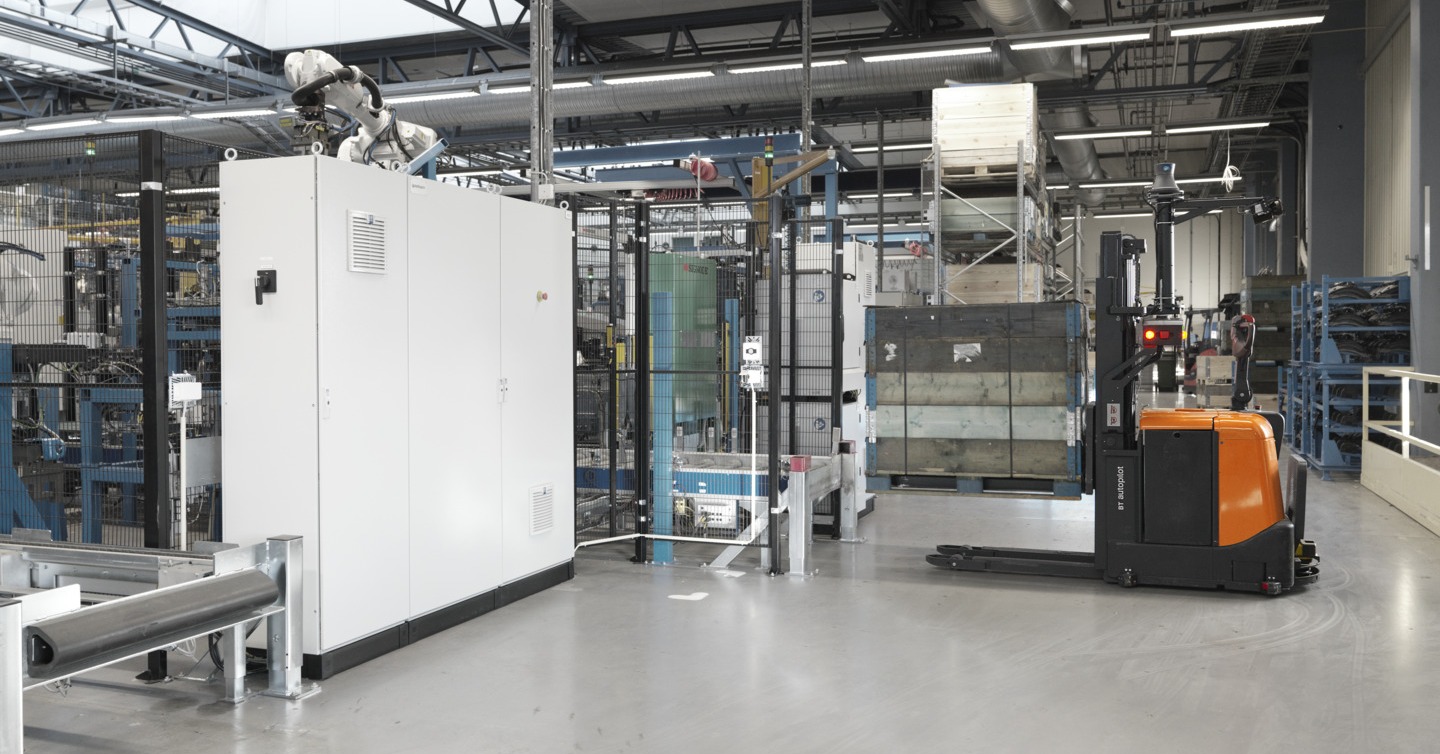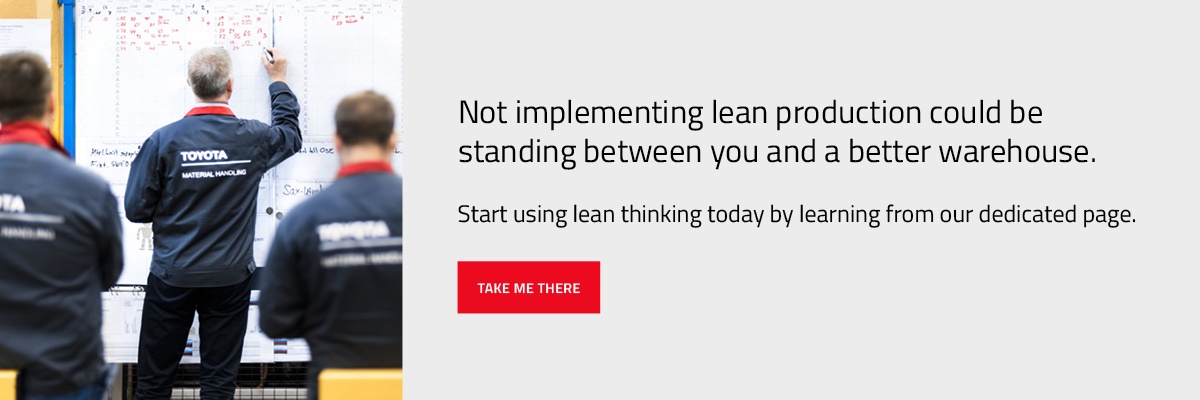The idea of implementing lean production into your warehouse operation might seem daunting if it is something you have not done before. However, specific frameworks have been developed to support businesses to increase productivity and reduce waste. One of these is the 5S framework.
One of these is the 5S framework. The 5S is defined as a methodology that results in a clean, safe and well-organised workplace to help reduce waste and optimise productivity.
It is broken down into five key elements; sort, set, shine, standardise and sustain. This article discusses each of these elements and how they can support your business when implementing a lean warehouse.
Step one: Sort.
Step one of the 5S framework involves a business sorting through the materials and processes in their warehouse and establishing which ones are essential for completing tasks.
Examples of common materials included are industrial trucks, bulk material handling equipment and personal protective equipment. Although some materials are necessary to ensure your operation remains efficient, others may be redundant. If that is the case, they will build up waste in your warehouse.
Overprocessing can also lead to excessive waste in a warehouse, as is stated in the seven wastes of lean manufacturing methodology. Therefore, you should also spend some time analysing your processes and, if necessary, begin removing and refining some of them.
To complete this step of the process effectively, it is recommended you run a comprehensive audit of your warehouse. If this is something you have not done before, be sure to lean on an expert from the industry for support.
Step two: Set.
Now you have established what materials and processes play a vital role in your operation; the next phase involves setting everything in order within your warehouse. This phase focuses on placing the items deemed essential in the Sort phase back into the workstation or area in a specific, well-organised manner.
By doing so, you will start to build an efficient and well-regimented workplace, where staff can complete their tasks safely and to the best of their ability. Before you begin to set your warehouse in order, you should map out the layout of your warehouse to ensure it is optimised for convenience and high levels of productivity.
The goal during this stage is to minimise the need for employees to repeatedly reach over and between items, which is identified as motion waste in the seven wastes of lean manufacturing framework.
Step three: Shine.
A cleaner workplace results in a safer workplace. This is because it helps avoid injuries from taking place and fewer people taking time off work — ultimately having a positive impact on your bottom line as well as the health of your team.
During step three of a 5S project, your business should begin cleaning your entire warehouse. This involves undergoing dusting, polishing, sweeping and anything else needed to attain perfect order.
The 5S methodology is derived from the philosophy of Kaizen, which focuses on continuous improvement in the workplace. Therefore, the shine task should not just be done once. Instead, you should be proactive and create a cleanliness strategy to ensure your warehouse remains in perfect order at all times.
Step four: Standardise.
Much of the heavy lifting is complete. Step four is all about setting standards and implementing a clear, universally understood system. Failing to standardise changes and new ways of working could be catastrophic, as people may revert to their old ways of working.
If so, this will result in your time, effort and resources being wasted, leading to loss of efficiency and profitability. To standardise changes in your operation, you should spend time training staff and creating documents such as checklists and audit sheets.
It is also essential to ask for feedback from your team. Certain people may not be as comfortable as others when embracing change, so always be sure to offer support and flexibility to ensure your workforce is engaged with the project.
Step five: Sustain.
The final step focuses on taking all of the previous steps of 5S, including the standardised procedures and transforming them into ongoing habits to ensure continuous improvement.
For this to happen, any changes should be demonstrated correctly by a knowledgeable and trained professional for this to happen. Once employees are comfortable with the changes, their performance should be monitored (and rewarded).
Plan periodic check-ins with your employees and use lean technology to measure performance. Rome was not built in a day, so be prepared for challenges.
The key is to be ready for these challenges and have actions to overcome them. To do this effectively, it is vital you clearly understand the entire concept of lean production tools and techniques and how its different principles work simultaneously to improve your warehouse operations.
Find out more about the concept of lean production and the benefits it can offer your business.
The 5S methodology is just one part of the lean production picture. Your business can implement many more frameworks, tools and techniques to build a sustainable warehouse.
To learn more about the concept of lean, its different benefits and how your business can successfully take on your lean project, download a copy of our insightful guide.


